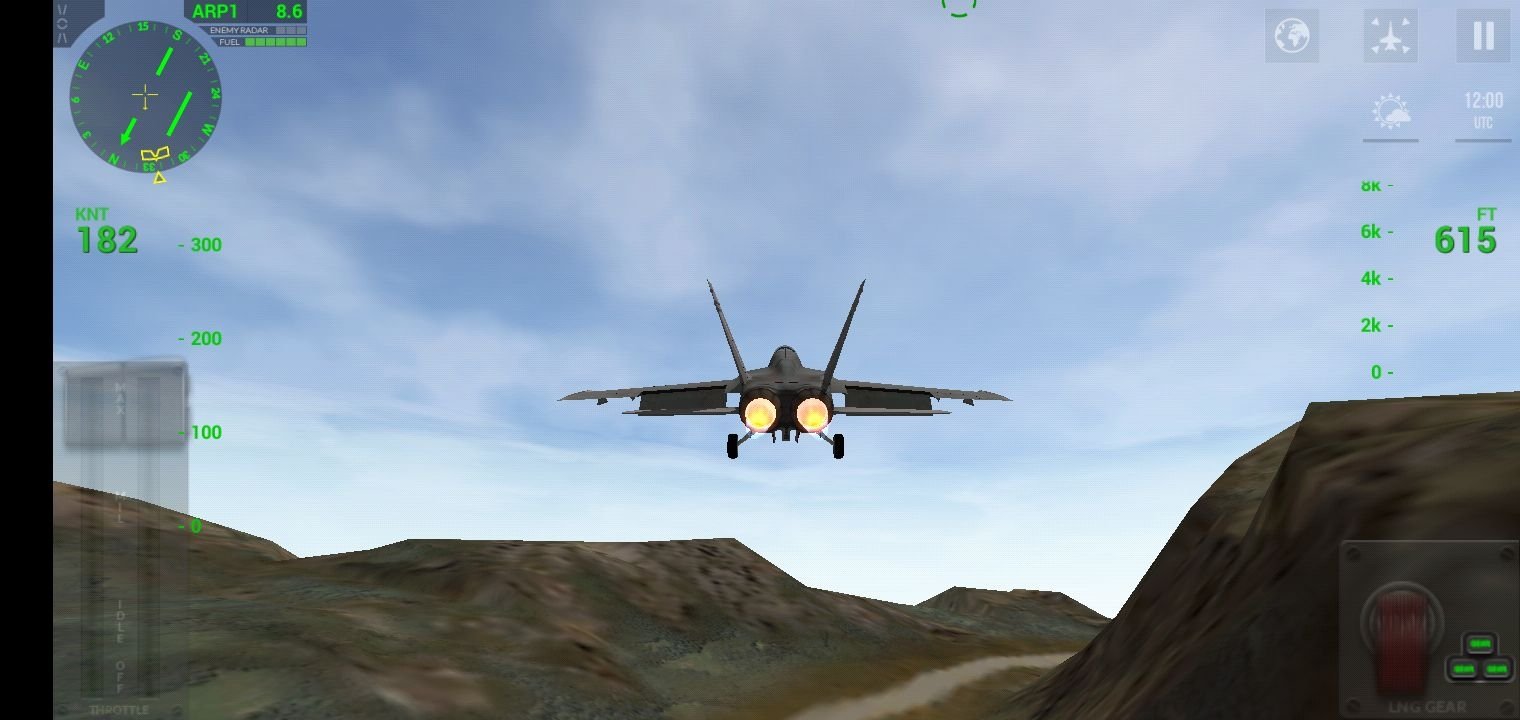

Development of the new aircraft, designated MiG-41, began in April 2013. Russia plans to start development of a replacement for the MiG-31 by 2019. The Russian military will receive more than 130 upgraded MiG-31BMs, and the first 24 aircraft have already been delivered, Russian Deputy Defense Minister Yuri Borisov told reporters on 9 April 2015.
F18 carrier landing for windows upgrade#
Russian Federation Defence Ministry chief Colonel Yuri Balyko has claimed that the upgrade will increase the combat effectiveness of the aircraft several times over. A project to upgrade the Russian MiG-31 fleet to the MiG-31BM standard began in 2010 100 aircraft are to be upgraded to MiG-31BM standard by 2020. Some upgrade programs have found their way into the MiG-31 fleet, like the MiG-31BM multirole version with upgraded avionics, new multimode radar, hands-on-throttle-and-stick ( HOTAS) controls, liquid crystal (LCD) color multi-function displays (MFDs), ability to carry the R-77 missile and various Russian air-to-ground missiles (AGMs) such as the Kh-31 anti-radiation missile (ARM), a new and more powerful computer, and digital data links. Of the "baseline models", 40 airframes were upgraded to MiG-31BS standard. From the final batch 50 were retained by the Kazakhstan Air Force after the dissolution of the Soviet Union. The final batch of 69 MiG-31B aircraft was produced between 19. The second batch of 101 MiG-31DZs was produced from 1989 to 1991.

The first production batch of 519 MiG-31s including 349 "baseline models" was produced at the Sokol plant between 19. Provide strategic air defense in areas not covered by ground-based, air defense systems.Long range escort of strategic bombers.Detect and destroy low flying cruise missiles, UAVs and helicopters.Intercept cruise missiles and their launch aircraft by reaching missile launch range in the shortest possible time after departing the loiter area.

The MiG-31 was designed to fulfill the following mission objectives: A group of four MiG-31 interceptors is able to control an area of air space across a total length of 800 to 900 kilometres (500 to 560 mi) its radar possessing a maximum detection range of 200 kilometres (120 mi) in distance (radius) and the typical width of detection along the front of 225 kilometres (140 mi).
F18 carrier landing for windows serial#
Serial production of the MiG-31 began in 1979. According to his testimony, the new interceptor was to have air intakes similar to the Mikoyan-Gurevich MiG-23, which the MiG-31 does not have, at least in production variants. Belenko described an upcoming "Super Foxbat" with two seats and an ability to intercept cruise missiles. The West learned of the new interceptor from Lieutenant Viktor Belenko, a pilot who defected to Japan in 1976 with his MiG-25P. Like that of its MiG-25 predecessor, the introduction of the MiG-31 was surrounded by early speculation and misinformation concerning its design and abilities. The MiG-31 replaced the Tu-128 as the Soviet Union's dedicated long-range interceptor, with far more advanced sensors and weapons, while its range is almost double that of the MiG-25. This gave the Soviet Union an interceptor with the capability to engage the most likely Western intruders (low-flying cruise missiles and bombers) at long range. An important development was the MiG-31's advanced radar, capable of both look-up and look-down/shoot-down engagement, as well as multiple target tracking. Although it bore a superficial resemblance to the MiG-25, it had a longer fuselage to accommodate the radar operator's cockpit and was in many respects a new design. MiG-31BM taking off from Chelyabinsk Shagol Airport, 2012ĭevelopment of the MiG-25's replacement began with the Ye-155MP (Russian: Е-155МП) prototype which first flew on 16 September 1975. The Russian Defence Ministry expects the MiG-31 to remain in service until 2030 or beyond that was confirmed in 2020 when an announcement was made to extend the service lifetime from 2,500 to 3,500 hours on the existing airframes. It continues to be operated by the Russian Air Force and the Kazakh Air Force following the end of the Cold War and the collapse of the Soviet Union in 1991. The MiG-31 is among the fastest combat jets in the world. The aircraft was designed by the Mikoyan design bureau as a replacement for the earlier MiG-25 "Foxbat" the MiG-31 is based on and shares design elements with the MiG-25. The Mikoyan MiG-31 (Russian: Микоян МиГ-31 NATO reporting name: Foxhound) is a supersonic interceptor aircraft that was developed for use by the Soviet Air Forces.


 0 kommentar(er)
0 kommentar(er)
